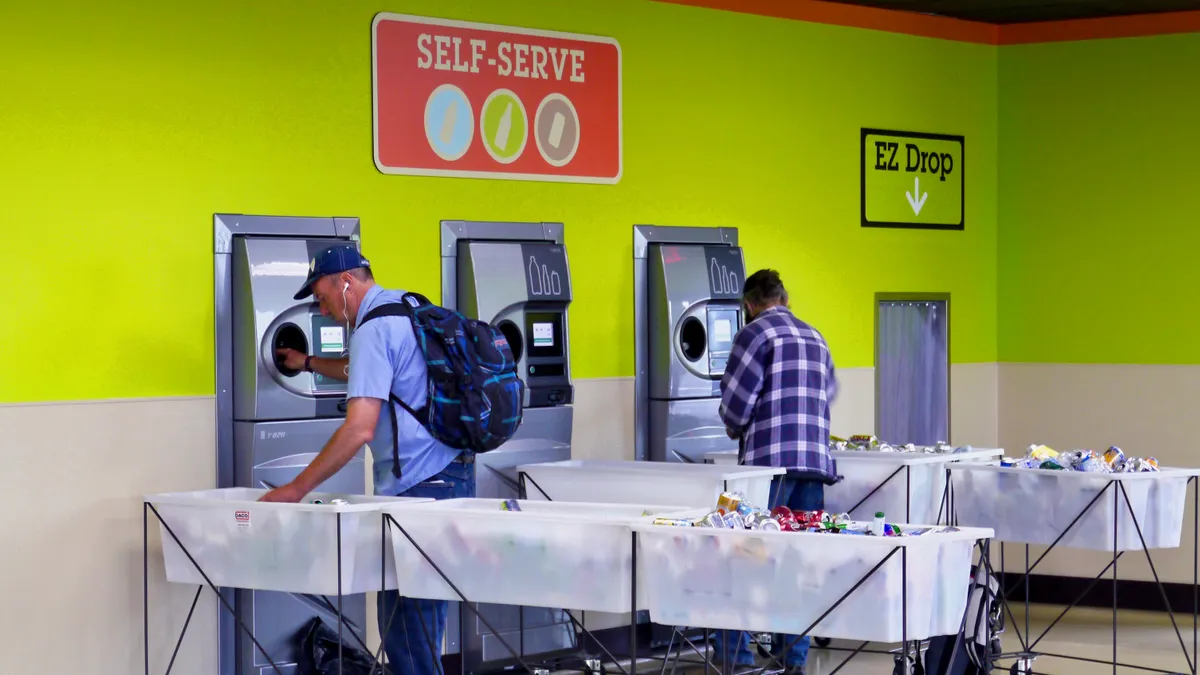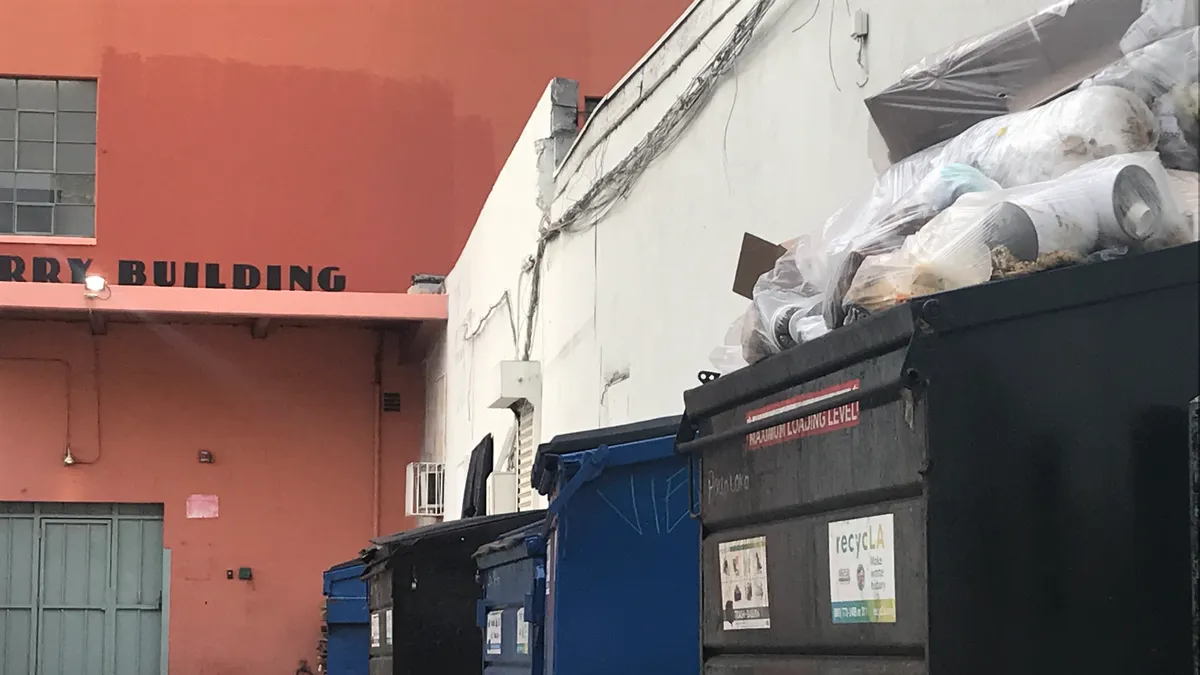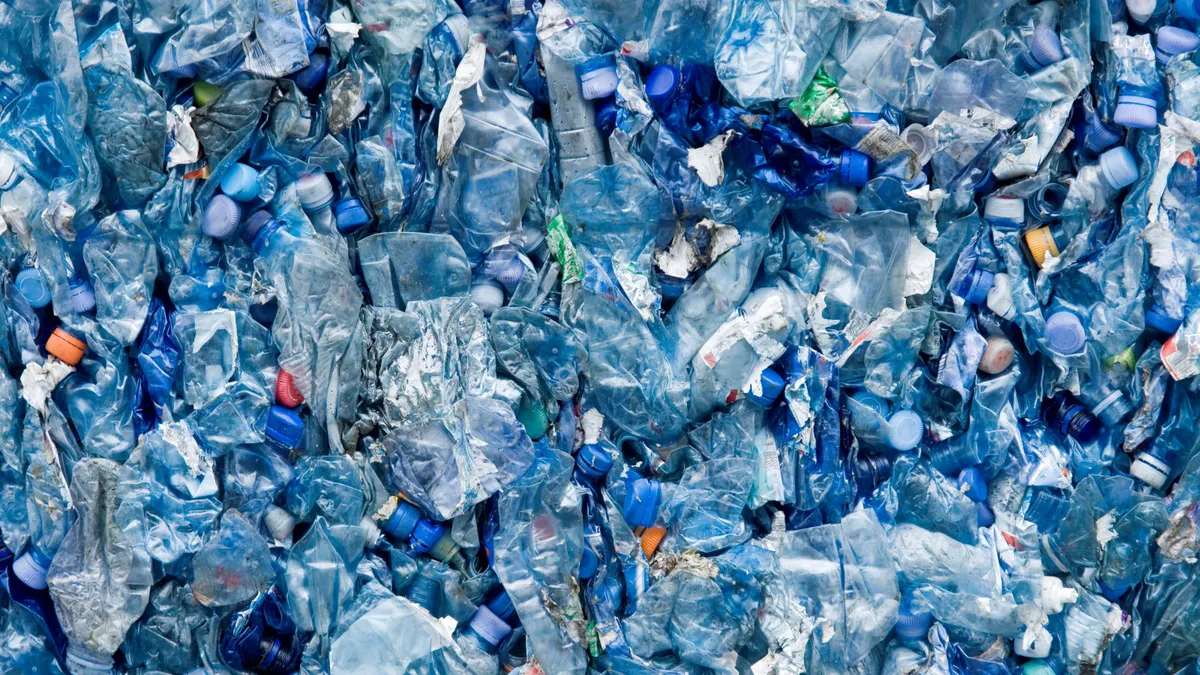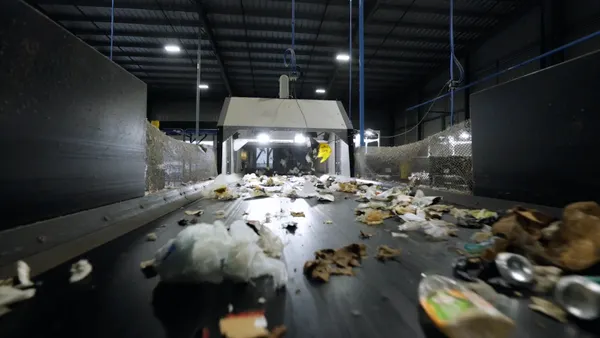The following is a guest piece by Elizabeth Balkan, the Americas director at circular economy platform Reloop.
Deposit return systems (DRSs) play a key role in the recycling chain for manufacturers and packaging and recycling companies, the importance of which has become more apparent during COVID-19.
But the scope of that need was increasing even before the pandemic. Facing growing public outcry over the plastic pollution crisis, there has been a huge surge of voluntary public pledges from large beverage companies to dramatically increase recycling rates and incorporate higher levels of recycled content in their consumer goods.
Governments around the globe are also stepping in to support the demand for recycled materials by setting minimum recycled content laws. Legislation in the European Union, for example, will require 25% recycled content in PET beverage bottles from 2025, and 30% in all plastic beverage bottles by 2030.
In the U.S., California lawmakers recently approved legislation that will require all plastic beverage containers under the state’s DRS to contain a specified amount of post-consumer resin (PCR), beginning with a minimum of 15% by 2022, and increasing to 25% in 2025 and 50% in 2030. The new law, which is the first of its kind in the U.S., comes after prior attempts were vetoed in California as well as in Washington, and includes penalties for manufacturers who fail to achieve the targets — 20 cents for each pound of PCR they fall short by.
All of this is great news, but as consumer demand for recycled polyethylene terephthalate (rPET) grows and governments continue to set regulations to increase use of recycled materials, a plastic paradox is created: there isn’t enough high-quality material being collected and recycled for manufacturers to meet the increased demand.
The U.S. recycling rate for PET bottles was 27.9% in 2019, a slight decrease from the 2018 rate of 28.9%, according to the National Association for PET Container Resources. The association estimates that in order for brands to meet a 25% recycled content target, the U.S. would have to achieve a recycling rate of 54.2% — and to achieve a 50% target, a 94% recycling rate would be required. Other analysts of the plastics recycling market claim the recycling rate would have to increase even more.
The solution to the “plastic paradox” is two-fold. For manufacturers to incorporate greater levels of recycled materials in their products and packaging, there needs to be a consistent supply of clean feedstock, and for this to happen, both the quantity and quality of material collected needs to increase.
This is where deposit return systems can play a vital role.
In addition to achieving high collection rates by offering an economic incentive to recycle, DRSs also ensure a clean stream of materials fit for bottle-to-bottle recycling, by collecting and managing materials in a manner that reduces contamination and ensures high-quality outputs.
Although opposition from retailers and producers remains, more and more big drinks companies and industry associations are beginning to throw their support behind such schemes, recognizing that DRSs are the only way to realistically collect enough containers to meet their targets for recycled content. For instance, the American Beverage Association in 2019 expressed openness to container deposit fees after previously opposing them.
According to the trade associations representing the aluminum, glass, and plastic industries, beverage container material from DRSs generally accounts for 20% to 60% of the inputs used by these industries to make packaging. The president and CEO of the Aluminum Association stated in 2020 that DRSs are “a key element of a strong aluminum scrap supply chain” and that “a recent analysis … showed that while the deposit states [in the U.S.] consume about a quarter of all beverage cans, they generate more than a third of all cans recycled.” In the U.S., the Can Manufacturers Institute estimates that 40% to 45% of used beverage cans are collected from the 10 states with DRS legislation.
The importance of DRS in providing a consistent supply of clean feedstock has also been recognized by the glass industry. According to the head of the Glass Packaging Institute, in comments last year “the majority of recovered material comes from the 10 [DRS] states due to the high volume of quality glass created by their programs. This recycled material is a key element of the essential food and beverage manufacturing supply chain.”
The fact that DRSs play a key role in the material pipeline for manufacturers and packaging and recycling companies has become even more apparent during the COVID-19 crisis. As a result of stay-at-home orders and temporary measures enacted in several jurisdictions to limit container returns, there has been a significant decline in the amount of high-quality recyclables moving to processors. In spring 2020, nine out of the 10 U.S. bottle bill states suspended enforcement on deposit return systems. This has forced some recyclers to instead accept feedstock from curbside programs, which have much higher levels of contamination than the deposit stream.
Glass processors have also experienced supply constraints as a result of COVID-19’s impact on DRS programs. One example in the U.S. is Strategic Materials, which relies on DRS material for its operations. Since more people are recycling at home and retail returns have been limited, the company reported at the beginning of the pandemic it was seeing a significant decrease – between 60% and 80% – in the amount of deposit glass entering one New England facility. Another glass processor, Mid America Recycling in Iowa, reported similar (60%) reductions of its inbound deposit glass, which is creating supply issues for glass bottle manufacturers who rely on the high-quality cullet produced by the company.
While the full effects of COVID-19 on the materials supply chain may remain unclear for some time, one thing is certain: the preconditions to resolving the plastic bottle paradox - which also exists for cans and glass bottles - are quantity and quality. The gap between government-mandated and voluntary industry commitments to increase recycled content, and the ability to secure enough high-quality material to meet those goals, will undoubtedly increase pressure for DRS legislation around the world.
Contributed pieces do not reflect an editorial position by Waste Dive.
Do you have an opinion on this issue, or other topics Waste Dive covers? Submit an op-ed.

















